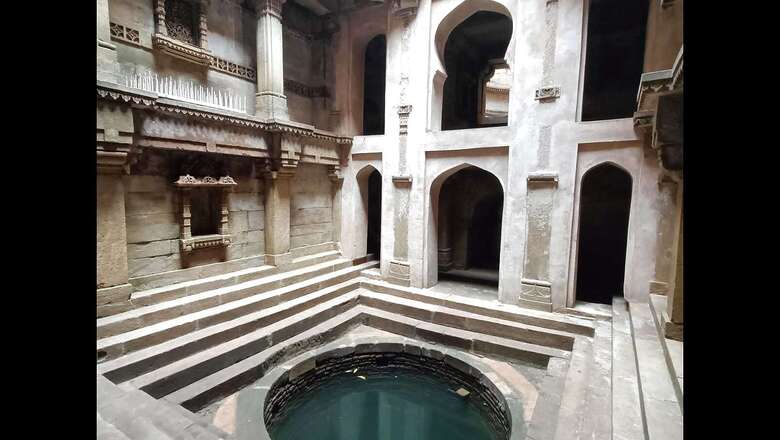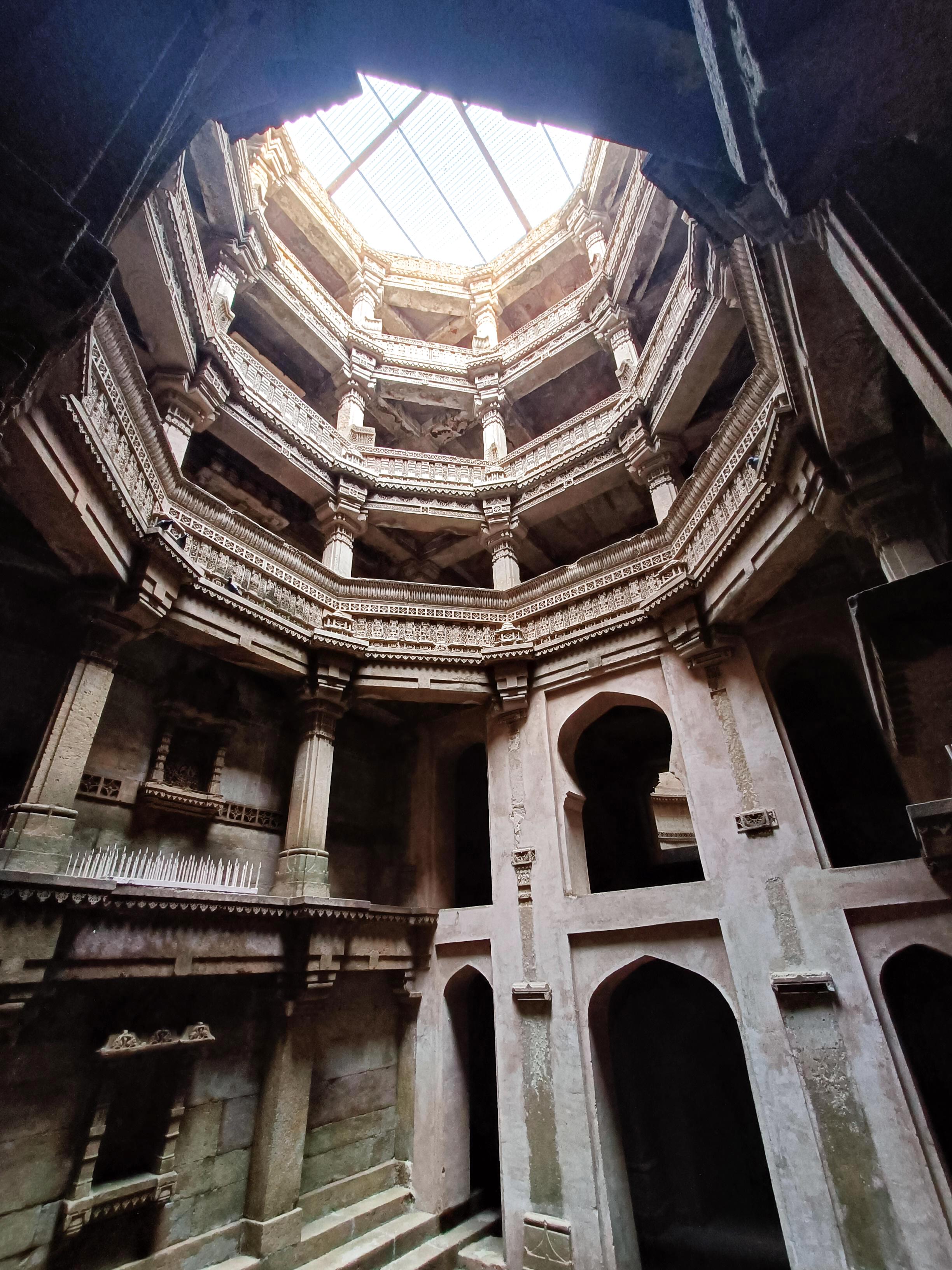
views
We have often heard that every drop of water is precious, but how many of us ensure that it is never wasted? Well, a 500-year-old stepwell in Gujarat has made sure that the precious resource is not squandered.
Adalaj Ni Vav, a five-storey stepwell made of locally available sandstones, was News18’s first stop on Day 6 of our trip with the IRCTC-operated ‘Garvi Gujarat’ train.
Though every part of the stepwell was fascinating, what the reporter found most interesting was the focus on water conservation.

The Vav, also famous as the Rudubai Stepwell, has various small gullies and channels around it so that no water is spilt when a bucket is carried up. Each and every drop of water that falls on the floor will eventually find its way back to the well or the garden, ensuring zero wastage.
There is no dearth of stepwells in India but among the features that make Adalaj Ni Vav unique is the story behind it — a tale of a queen’s love and dedication for her dead husband’s dream.
According to a local guide, Rana Veer Singh of the Vaghela dynasty wanted to build the stepwell for his people so that they would have enough water.
However, before this could happen, his kingdom was attacked by Mohammed Begda, a Muslim ruler of a neighbouring kingdom. In the battle, Singh died after which Begda wished to marry Singh’s wife Rani Roopba.
The queen agreed to marry Begda but put a condition that he has to first complete the construction of the stepwell started by her husband.
Begda, who had fallen in love with the queen, agreed. However, Rani Roopba had different plans. After the construction was completed, she visited the structure and killed herself in the well.
The Vav is the only stepwell that has three entry points — stairs from three sides meet at the first storey. The meeting point is surrounded by four rooms, which is also a unique feature of the monument.
The next stop was Sabarmati Ashram, the residence of Mahatma Gandhi and Kasturba as well as the place from where Gandhi started his Dandi March. Behind the ashram flows the calm and quiet Sabarmati River.
The other places we visited during the day were Gandhi’s Dandi Kutir and Akshardham Temple.

According to officials, Dandi Kutir is India’s largest and only museum built on the life and teachings of one man, Mahatma Gandhi. It shows the journey of Gandhi from Mohan to Mahatma. This museum is designed with sophisticated technologies combining audio-video, 3-D visuals, 360-degree shows and the display is used to showcase varied knowledge.
The day ended with a visit to the majestic Akshardham temple. It is an intricately carved stone structure that stands amid sprawling gardens set in a 23-acre plot.
On the seventh day with the IRCTC-operated Bharat Gaurav ‘Garvi Gujarat’ train, which started its eight-day journey on February 28, News18 will visit Sun temple and Rani ki Vav in this western Indian state.
Read all the Latest India News here


















Comments
0 comment